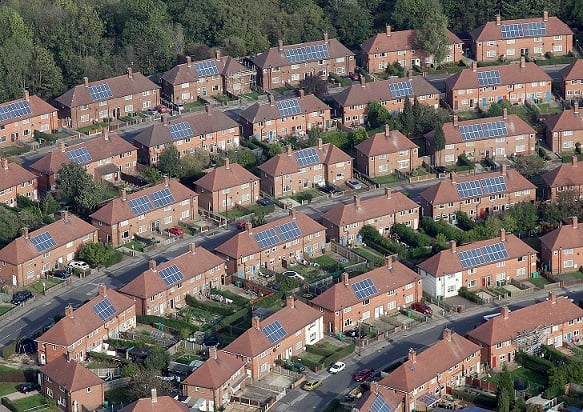
There is now more than 200MW of capacity within the residential solar feed-in tariff (FiT) cap as the regime enters the second half of its operation.
When the then-Department of Energy and Climate Change enacted changes to the FiT scheme, it charted the course towards the tariff closing to all new registrations effective 31 March 2019.
On 1 July 2017 the revised scheme entered its seventh quarter with a further six remaining until it draws to a close.
However deployment under the revised tariff continues to underwhelm, and the total capacity allocated to the residential (0-10kW) band has swollen to over 200MW.
During Q2 2017, 8,267 installations within the residential band were registered with a total combined capacity of 21.193MW.
Whilst this represented the strongest quarter of solar deployment since Q3 2016, unused capacity totalled 171.931MW, courtesy of successive periods of underutilisation.
Unused capacity also remains within the two larger capacity bands of 10-50kW and >50kW, with capacities for those bands now standing at 56.943MW and 37.819MW respectively.
Should deployment trends continue into the second half of the revised regime, the £38 million of government funding allocated to solar stands to be significantly underspent.
In April this year the Department for Business, Energy and Industrial Strategy committed to conduct a review of the scheme before the end of the year, the result of which could be a re-working of payable rates.
A pledge to revisit the rates was included within the consultation response of December 2015, allowing the department to intervene under the guise of “budget reconciliation” if it looked like solar deployment would either over or underwhelm.
It remains unclear however whether such a review could also fall foul of ongoing delays within Whitehall courtesy of both last year’s Brexit referendum and this year’s snap election. Various legislation has been left by the wayside with other political occurrences prioritised.

